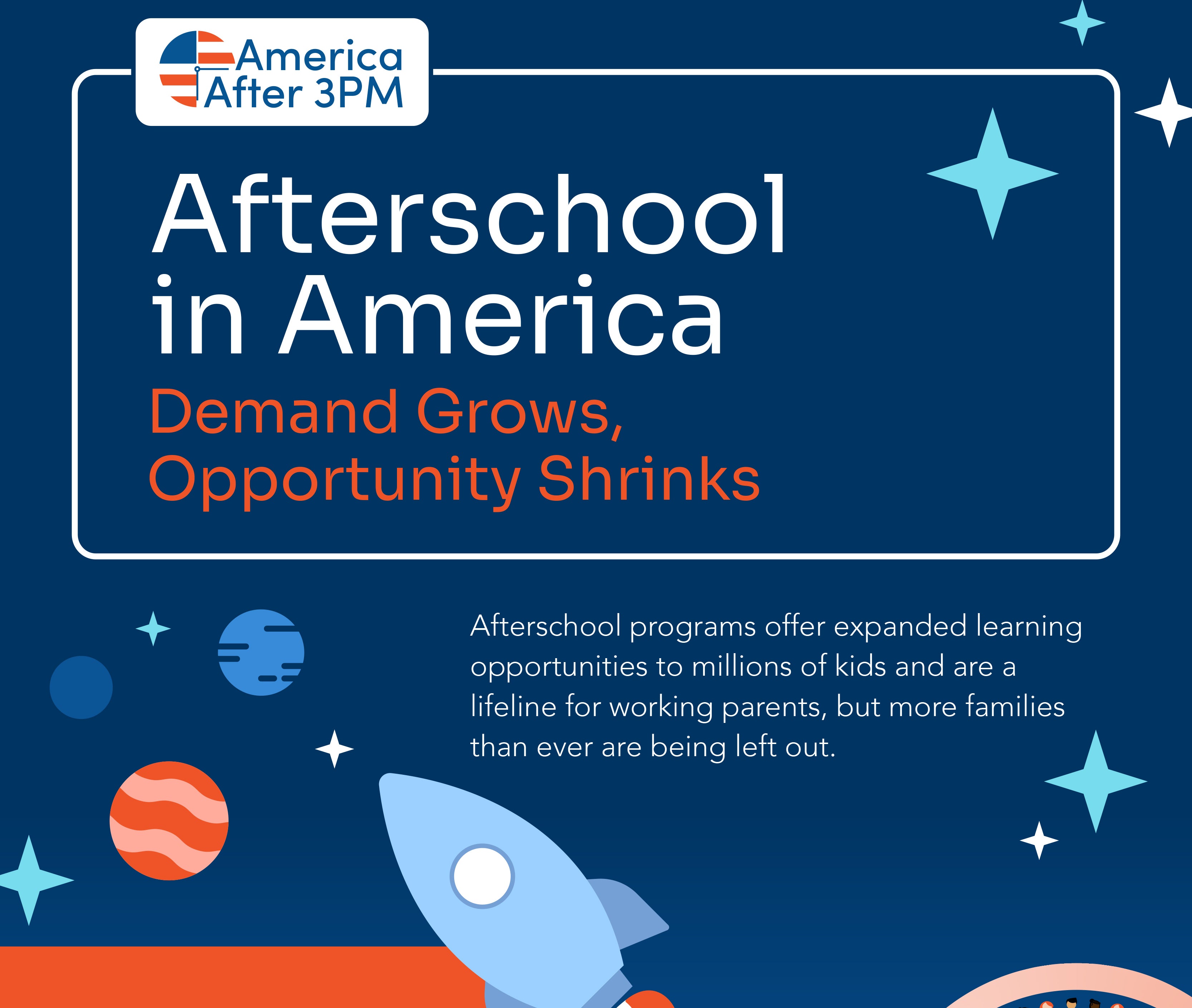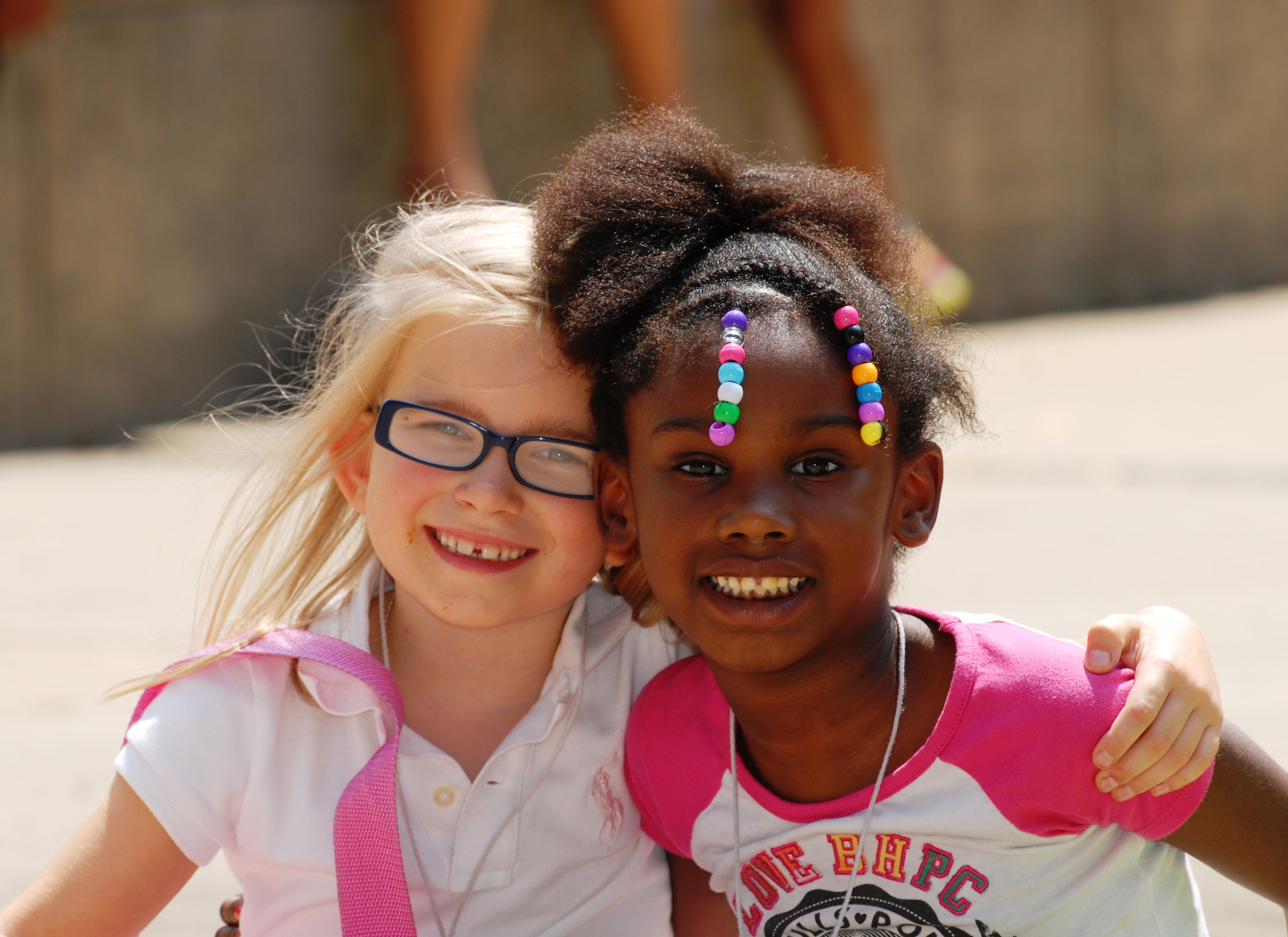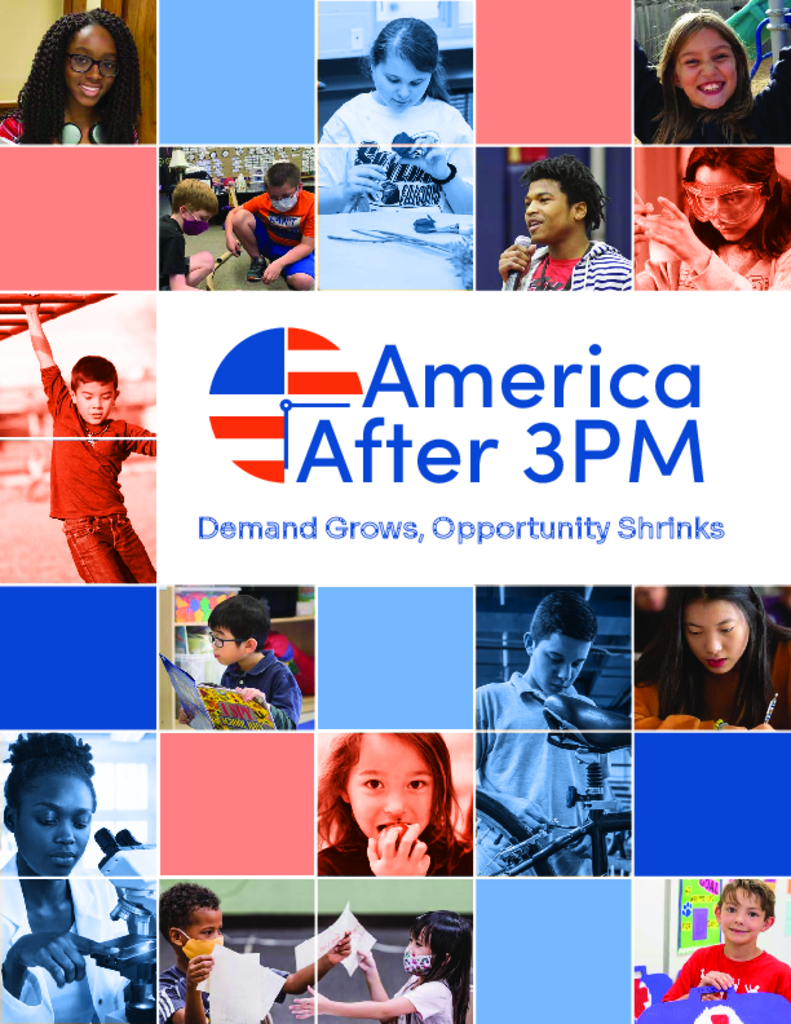
Breadcrumb
- Wallace
- Reports
- America After 3 Pm Demand Grows,...
America After 3 PM
Demand Grows, Opportunity Shrinks

Summary
How we did this
America After 3PM is a nationally representative survey of randomly selected adults who live in the U.S. and are the parent or guardian of a school-age child who lives in their household.
Some 7.8 million U.S. children participated in afterschool programs in 2019, down from a high of 10.2 million in 2010.
These 7.8 million children built social and emotional skills, got exercise, and received extra academic support. Their parents reported satisfaction with their afterschool experience. Some 85 percent agreed that afterschool programs get children more excited about learning. And 81 percent agreed that they give working parents peace of mind.
This is great news for participating families. Yet, for every child enrolled in 2019, three more – an additional 25 million students – were waiting to get in. Families in the highest income bracket spent more than five times as much on out-of-school time activities ($3,600 per year) than families in the lowest income bracket ($700 per year).
These are just a few of many findings in the fourth edition of America After 3PM, published by the Afterschool Alliance and Edge Research. The report provides an updated accounting of the activities of U .S. children between 3 p.m. and 6 p.m.
The report compares afterschool program participation and unmet demand for 2020 with results from 2004, 2009, and 2014. It identifies trends in program offerings, parent satisfaction, and parent perceptions. It also examines participation of children from families with low income, and children of color.
Altogether, it paints an important picture of the experiences afterschool programs provide, who benefits, and who is missing out.
Key Takeaways
- Unmet demand for afterschool programming is at an all-time high. For every one child enrolled in a program in 2019, three more children were waiting to get in.
- Unmet demand is highest among Black and Hispanic communities. More than half of Black (58 percent) and Hispanic children (55 percent) are not in an afterschool program, but would be if one were available to them.
- Barriers to participation include cost, a lack of available programming, and a lack of safe transportation to and from programs. Some 6 of 10 parents with low income (61 percent) report that cost is a barrier to enrolling their child in an afterschool program.
- Parent support for afterschool programs is strong. Fully 94 percent of parents reported satisfaction with their child’s afterschool program experience.
- Parents support public funding for afterschool programs. The survey found that 87 percent of parents favor public funding for programs in communities that have few opportunities for children and youth.
This report also includes findings from a nationally representative online survey of parents of school-aged children during fall 2020.The survey captures how the coronavirus pandemic affected families' needs during the hours after school.




